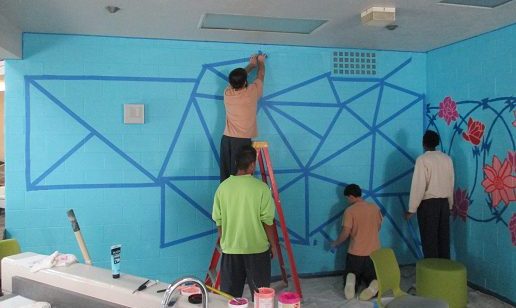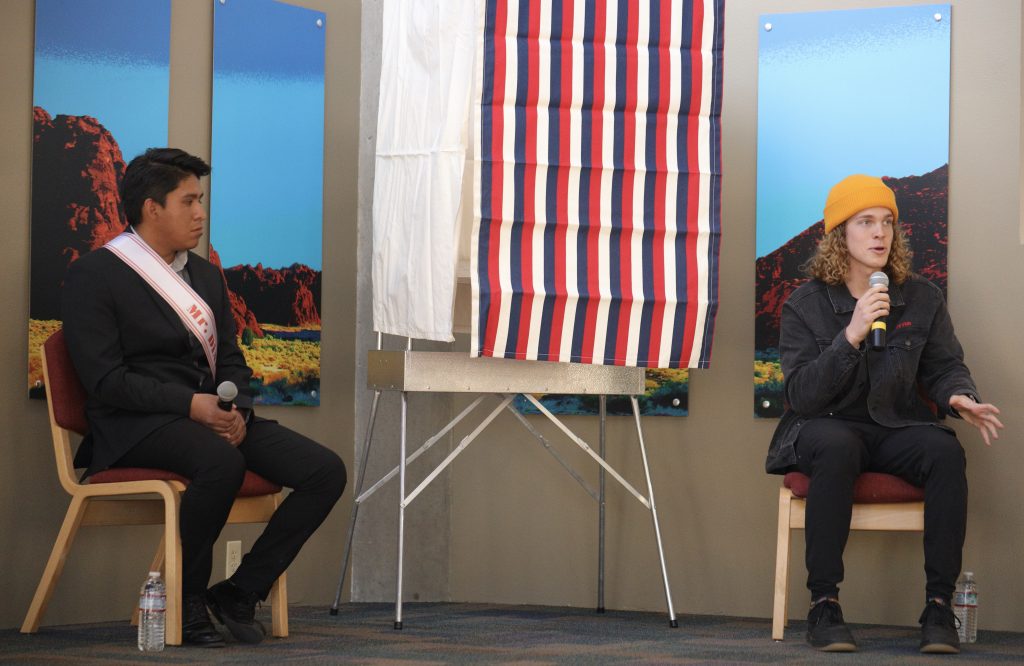Utah Tech University’s Higher Education for Incarcerated Youth Program is one of the most robust programs available for incarcerated youth.
The program started May 2021 and was a way to give incarcerated students similar opportunities to students in high school. The program is for youth who are in secure care for an extended period of time, and the program’s goal is to help students meet their general education requirements.
Nathan Caplin, director of the HEIY program, said since the start of the program, they have had three students complete their general education requirements, and one of those three students completed his associate degree. All three of the students are currently working toward their bachelor’s degrees.
“Our hope is that we’ll have some bachelor’s degree holders soon because it’s only a one in a hundred likelihood that they will earn a bachelor’s degree by age 25,” Caplin said.
In order to qualify for the program, students must meet the same requirements as any other student applying to the university. This requires students to fill out an application and then meet any requirements for courses with prerequisites, which may include taking certain prerequisite tests such as the ALEKS placement test. The program also has a scholarship opportunity for students applying to the program.
There are six different facilities in Utah that have students who attend courses through the program. One facility is in southern Utah, and the other five are in northern Utah.
Caplin said the program has a mix of in-person and Zoom courses. Math, English and art are the classes that are primarily offered in person, and the majority of the classes are held via Zoom. The class is Zoomed to each of the locations. This means that each Zoom class consists of students from various facilities. The program then has to find professors who can work with their narrow window of teaching opportunities. Despite this stipulation, the program has been able to recruit professors from all over Utah.
Caplin said much of their work is finding a way to connect the students and professors in a way so they can communicate effectively.
The program uses a modified version of Canvas that limits what the students have access to.
Chris Gifford, concurrent enrollment outreach and CTE director, teaches a group of students the Trailblazer Connections course for the program. He said there have been challenges when it comes to adapting the course and their approach to the material. When it comes to aspects of the course like connecting students with different resources and activities on campus, they are unable to do that with the group.
“We really have had to get super creative in terms of what’s the content going to be today,” Gifford said.
Gifford said while some content of the course is challenging to adapt, they still are able to cover the important topics of the course. These topics include time management, money management and personal finance in regard to financing an education.
According to the program’s website, there are 123 students who have currently been served by the HEIY program.
“If we can reach out to a couple of these individuals and open their minds to the possibilities that exist outside of where they’ve been, we’ve been successful,” said Gifford.



